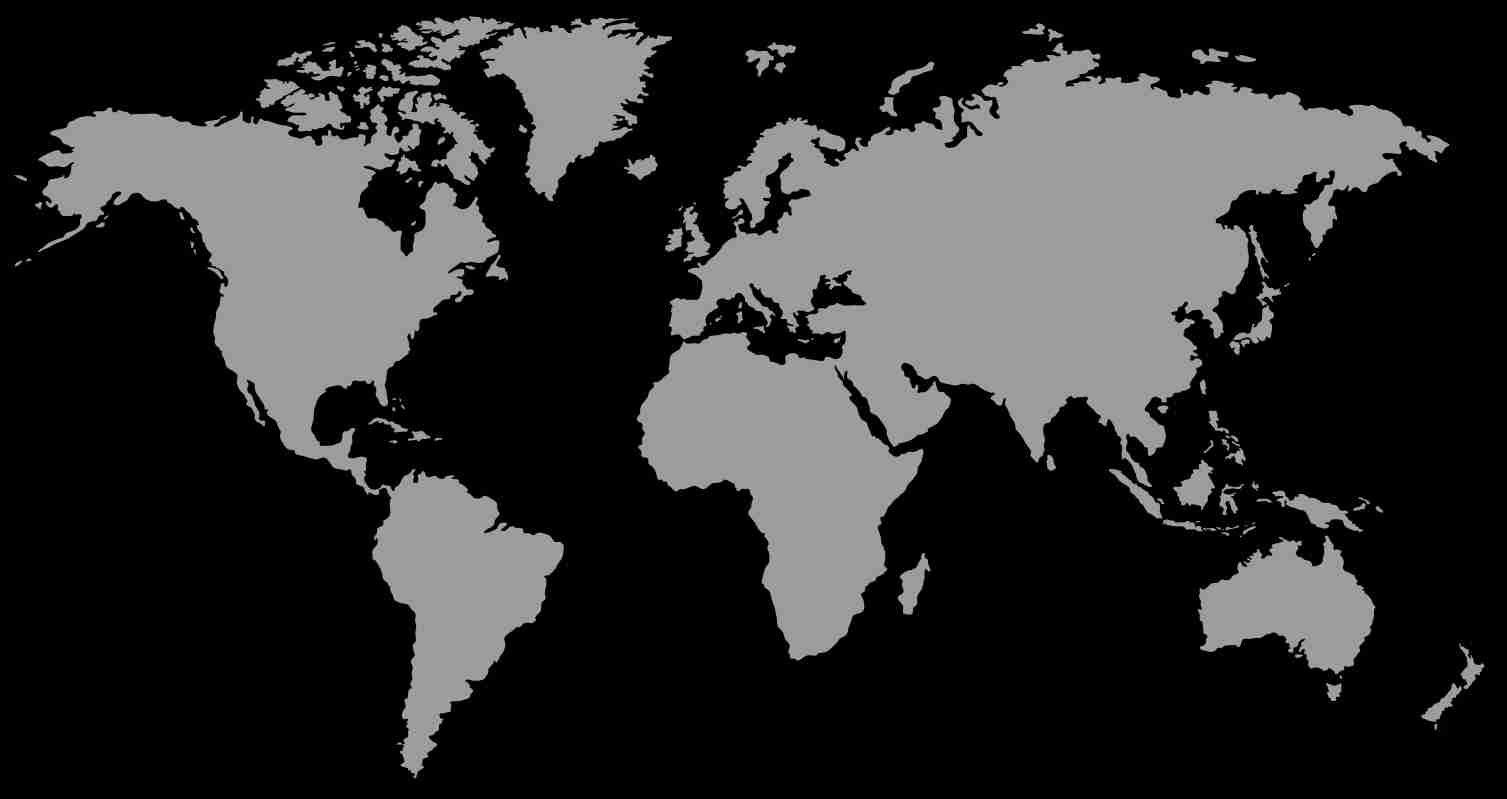
Taste the world: This is what every country name tastes like
BlogWhat would you think if we said we could tell you what every country tastes like? (Yep- you did read that right).
In a (slightly obscure) new project, we’ve mapped out what every country name tastes like, according to someone with synaesthesia.
Synae…what now?
Synaesthesia is a rare condition whereby some people associate words with colours, tastes, smells and more. Essentially, synaesthesia has been described as the “union of the senses”, where two or more senses are automatically joined together.
When we heard about author, Julie McDowall, who can ‘taste words’, we were intrigued to find out more. Julie hit headlines recently when she shared her fascinating experiences of synaesthesia on Twitter.
Now, we’re not ones to shy away from the extraordinary – after all, we do live by the motto ‘normal is boring’ – so we were eager to have a chinwag with Julie and learn more about her particular form of synaesthesia; what it feels like and how she would describe the taste of every country around the world. Our challenge was accepted!
From the downright weird to the wonderfully wacky (Sellotape and Rice Krispies, anyone?), check out our ‘taste maps’ below to find out what your favourite places taste like, according to Julie.
Hint, you might not want to read this one with dinner!






Here at Rickshaw, we were particularly intrigued to find out what some of our favourite destinations taste like, and were chuffed as Julie told us that Belize brought on the taste of “fizzy fruit juice,” while India conjured the sensation of, “a long, fine grey feather, like a quill, with a spicy taste.”
Sometimes, as with the word India, Julie explains that the taste of the word isn’t so much a taste in the traditional sense, but rather a general sensation in her mouth, which is often accompanied by a visual image or other sensation.
Julie told us that her specific form of synaesthesia is 90% taste but can also at times produce other sensations or images. For example, when Julie thinks of the word ‘Russia’, she explains that her first association for this word is the image of a broom which is then followed by a dusty taste.
The eagle-eyed among us noticed a few of the same tastes popping up several times for different countries – such as white chocolate and orange. We suspected that Julie had a good reason for this (and that she isn’t just a big fan of white chocolate and oranges!). Julie explained that, where a word has similar sounds, this produces the same or similar tastes and sensations – such as is the case for Austria and Australia which share many of the same sounds and both conjure variations of a sausage roll taste.
As travel enthusiasts, the biggest question of all on our lips was whether the taste of a country influences the places which Julie chooses to visit. She told us that, taste-wise, her favourite country names are Senegal and Switzerland which both evoke a taste of chocolate, while her least favourites are Sierra Leone which “throws together harsh metal with soft chocolate”, and Micronesia, which is again the combination of hard metal and soft food, which she finds to be “very jarring on her senses.”
However, Julie explained that the tastes of the country names wouldn’t influence her travel decisions. In fact, unperturbed by the less than favourable taste of a bristly broom – Julie plans to visit Russia soon, and is also intending a trip to Kazakhstan next year despite the “horribly damp” taste which she associates with the country.
Thanks, Julie, for taking the time to share your weird and wacky insights with us!

